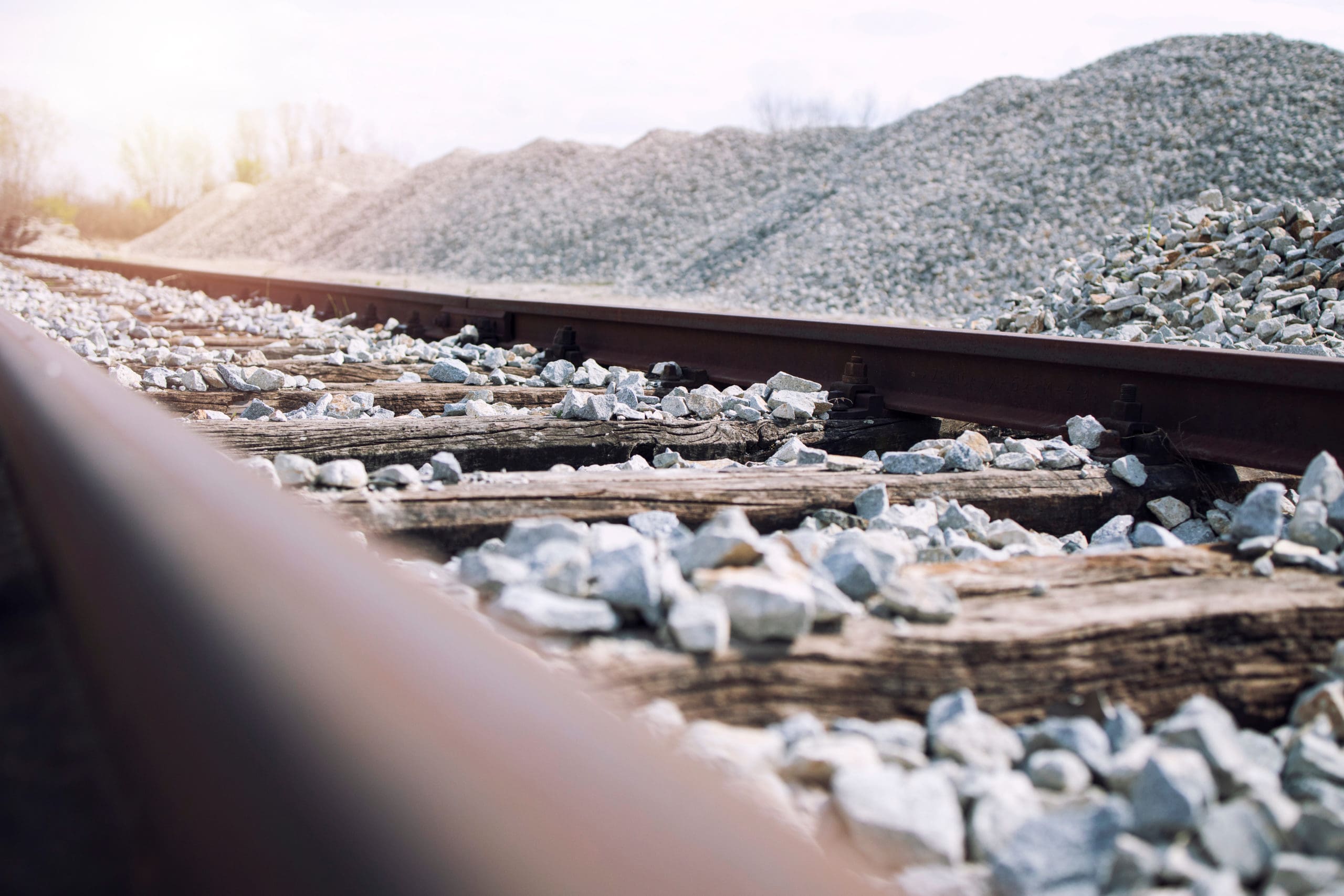
Railroads are one of the most important methods of transportation. But how does railroad maintenance work? What is the maintenance of way? And how do you replace railroad ties?
These are all excellent questions that many people may not know the answer to. And the truth is that railroad maintenance is a fascinating subject!
Read on to learn about the maintenance of railroad ties.
What are Railroad Ties?
There are a few different parts to a railroad system. There’s the rails, the spikes, and of course the trains. But there’s one piece that you might not think about too often: the ties.
Railroad ties are the strips of wood or concrete that sit beneath the rails. They hold the track together using the spikes. This ensures that the track stays level and that the rails are the right distance apart from each other. Without them, the rails could shift and throw off the train’s balance.
What Is Maintenance of Way?
Maintenance of way refers to how workers handle repairs and preventative maintenance for transportation routes. In other words, it refers to how roads, bridges, and railroad tracks get their repairs.
This is what ensures that all roads and railroad tracks are safe for travel. The last thing anyone wants is for a train to derail or a bridge to collapse while there are people or goods are moving over it.
Tie maintenance of way is when the railroad ties get removed and replaced to maintain the safety of the tracks. This requires a certified team of railroad workers to use special equipment to lift the rails and take out the ties for replacement. Not just anyone is able to complete this job.
Who Is Responsible for Maintenance of Way?
The people who work on railroad maintenance of way have to be well trained to move specialized equipment and be fairly compensated. And the materials have to come from somewhere. Someone has to make the maintenance of way replacements so that the tracks can be repaired and upgraded.
All of this costs money. So who is paying for all of this? The organization that owns the tracks is responsible for maintaining them.
Maintenance of Way Equipment
Replacing the railroad ties requires the spikes to be removed, the rail needs to be lifted, and the ties pulled out and replaced. The whole thing needs to be done quickly so that train schedules won’t be disturbed. And since railroad spikes are hard to remove by hand, this means that everything needs to be done by specialized equipment for the job.
Spike Puller
Railroad tracks are held together with large spikes that secure the rails to each tie. This spike prevents any piece of the track from moving too much and causing a problem for the trains.
So the first step for railroad maintenance of way workers is removing them. The spikes are large, heavy, and well-secured to the tracks so that it all stays together. This makes removing them difficult for a human being to accomplish.
Instead, they use a large spike puller for this job. This machine moves along the tracks slowly and pulls the spikes out one by one. This frees the rails and ties so that each part of the track can be replaced or repaired.
Tie Remover or Inserter and Tie Crane
Once the spikes are all removed, then the ties are next. Another machine called a tie remover or inserter rolls along the tracks to complete this job.
To prevent the track from becoming unstable, these machines will only remove every third tie. They use large mechanical arms to grip the edge of the tie and pull it out from under the rails.
The tie remover or inserter is then followed by a tie crane. This machine picks up the old tie crane and places it into a tie cart. When the tie cart is filled, they are bound together and placed along the side of the track for removal later.
A second tie crane then rolls through and places a new tie where one is missing. This allows a second tie remover or inserter to come through and push the tie into place.
Rail Lifter and Spike Driver
The only thing left at this stage is replacing the spikes. But to do that, workers need to replace the spike plates that sit between the ties and the rails first.
This means that the rails need to be lifted off the ties for the workers. They do this using a hydraulic rail lifter. This raises the rails without moving them out of place so that workers can slide the spike plates into place.
The rail is then set back down so a spike driver can roll through and replace the spikes.
Learn More About Railroad Track Maintenance Today
This is only a small part of what maintenance of way workers do. Without them, our highways and railroads wouldn’t always be safe to use. They’re some of the most important workers in our society for this reason.
And the supplies to repair the railroad ties and provide track maintenance couldn’t get there without the vehicles from Custom Truck. Contact us today to learn more about our hi-rail equipment and more.

